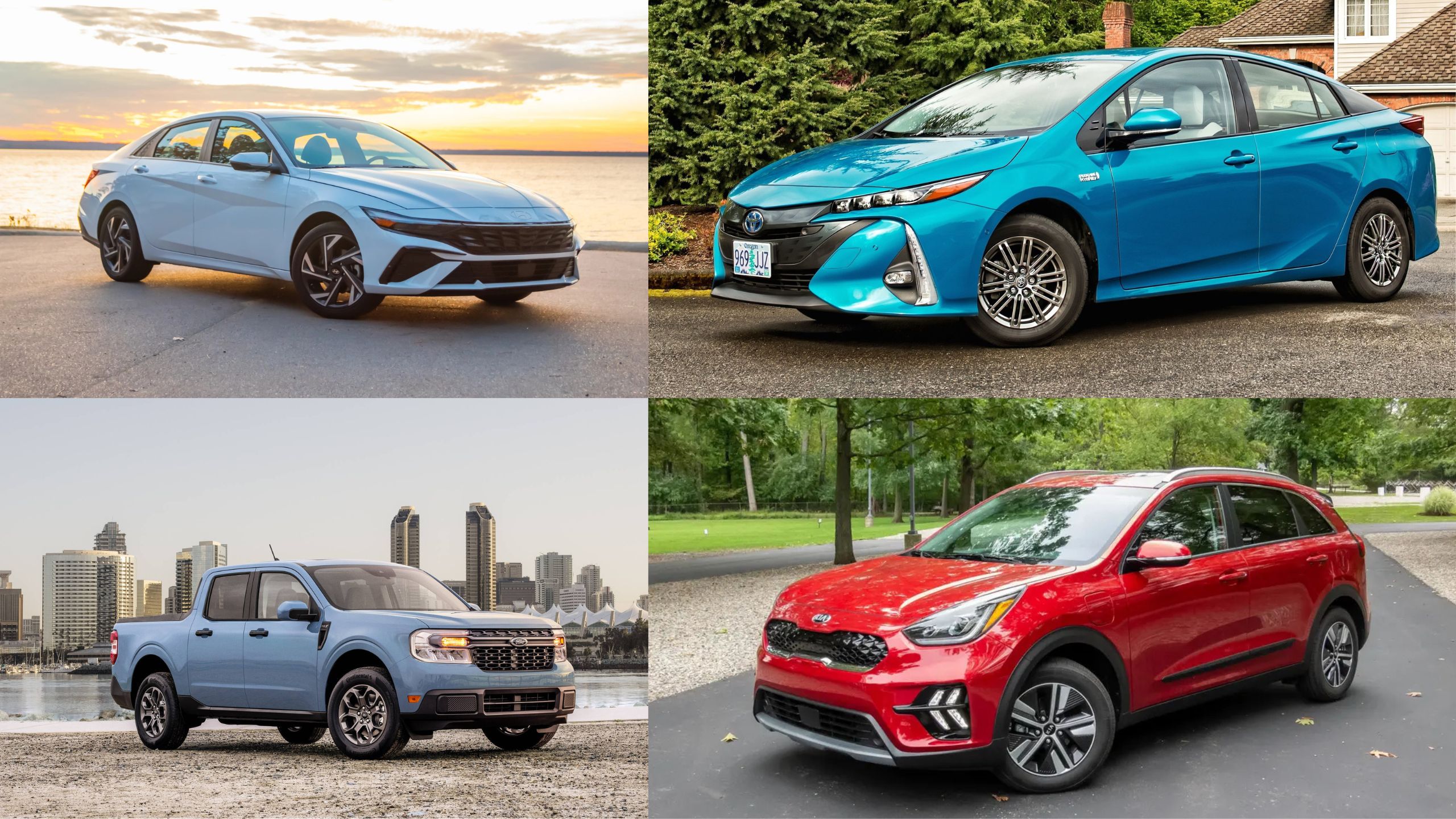The hybrid vehicle market has evolved dramatically since the first mass-produced models arrived in the late 1990s. What was once a niche segment with limited options has blossomed into a diverse ecosystem of vehicles spanning every price point and category.
Today’s budget-conscious consumers can find efficient hybrid technology in affordable packages that deliver impressive fuel economy without commanding premium prices.
On the opposite end of the spectrum, luxury automakers have embraced hybridization to enhance performance while meeting emissions requirements, creating some truly remarkable and remarkably expensive hybrid vehicles.
As gas prices continue their unpredictable fluctuations and environmental concerns grow, hybrid vehicles represent a practical middle ground between traditional combustion engines and fully electric vehicles.
They offer improved efficiency without the range anxiety or charging infrastructure concerns that sometimes accompany EVs.
This guide explores five hybrid options that deliver excellent value and efficiency at accessible price points, followed by five hybrid vehicles that showcase the cutting edge of automotive technology with price tags to match their impressive capabilities.
1. Toyota Prius
The Toyota Prius remains the benchmark for affordable hybrid vehicles, with the latest generation delivering remarkable improvements over its predecessors.
Starting at around $27,950, the redesigned Prius offers up to 57 MPG combined, a significant leap from earlier models.
Toyota has addressed previous criticisms by giving the 2025 Prius a sleeker, more mainstream design that abandons the polarizing aesthetic of past generations.
Under the hood, the Prius pairs a 2.0-liter four-cylinder engine with electric motors for a combined 196 horsepower, nearly 60% more power than the previous generation.

This newfound performance doesn’t come at the expense of efficiency, as the Prius still ranks among the most fuel-efficient vehicles on the market without requiring a plug.
The interior has been significantly upgraded with higher-quality materials and a more conventional layout featuring a standard 8-inch touchscreen (with a 12.3-inch screen available on higher trims).
Standard safety features include Toyota Safety Sense 3.0, which provides adaptive cruise control, lane-keeping assistance, and automatic emergency braking. Where the Prius truly excels is in its total cost of ownership.
With legendary reliability ratings, low maintenance costs, and excellent fuel economy, the Prius continues to deliver exceptional value over the life of the vehicle.
For buyers seeking a proven hybrid powertrain with minimal ownership costs, the Prius remains the gold standard in affordable hybrid transportation.
2. Hyundai Elantra Hybrid
The Hyundai Elantra Hybrid demonstrates that efficiency doesn’t have to come with a significant price premium. Starting at approximately $24,500, the Elantra Hybrid undercuts many competitors while offering an impressive 54 MPG combined rating according to EPA estimates.
Hyundai’s hybrid approach pairs a 1.6-liter four-cylinder engine with an electric motor for a combined 139 horsepower. While not the most powerful option in its class, the Elantra Hybrid provides adequate acceleration for daily driving while prioritizing efficiency.
Unlike some competitors that use continuously variable transmissions, the Elantra Hybrid employs a six-speed dual-clutch automatic that provides more engaging driving dynamics.
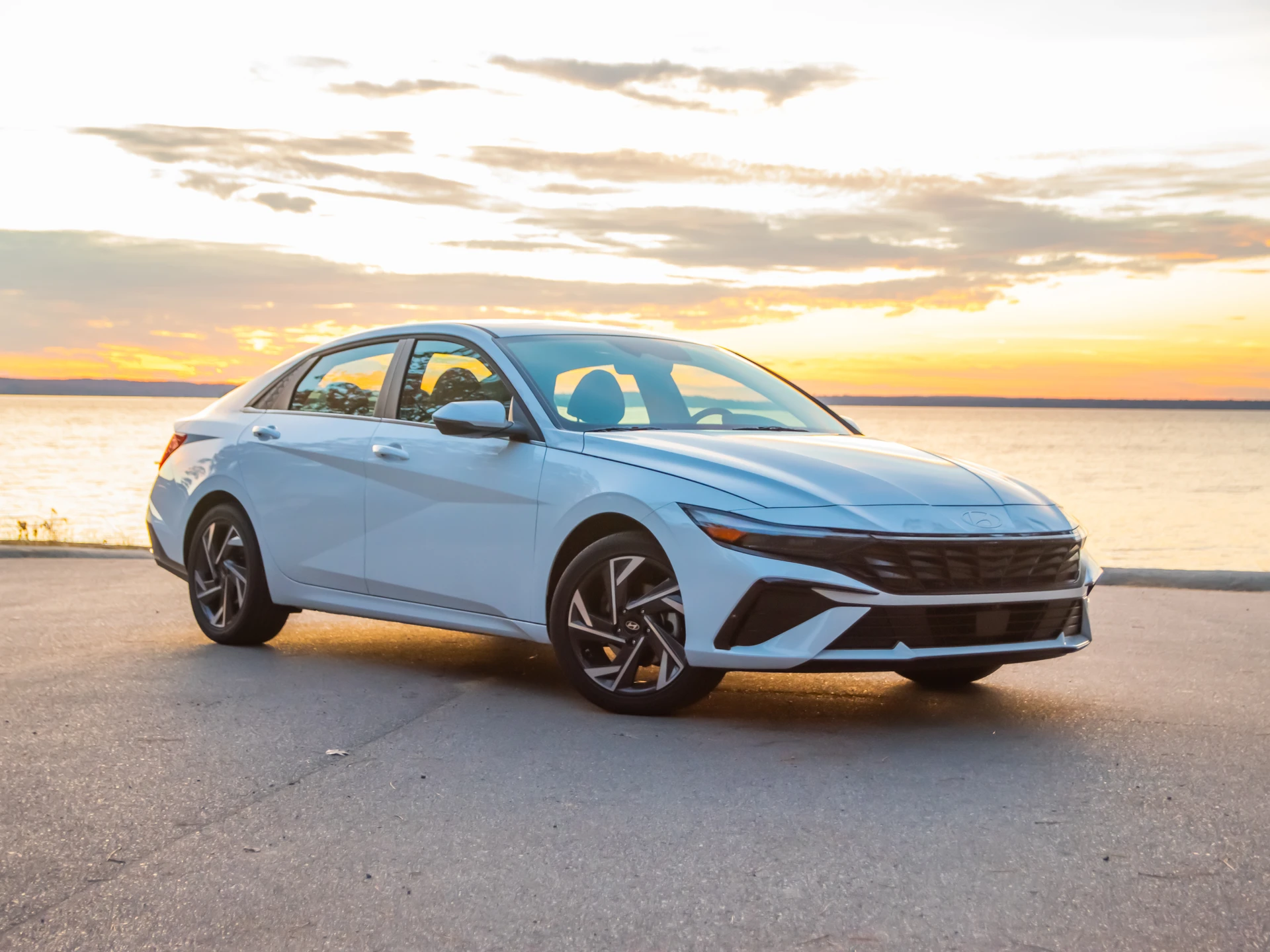
The Elantra’s bold exterior styling helps it stand out in the compact sedan segment, while the interior offers surprisingly upscale amenities for the price point.
Standard equipment includes an 8-inch touchscreen with wireless Apple CarPlay and Android Auto integration, dual-zone climate control, and a comprehensive suite of driver assistance features under the Hyundai SmartSense banner.
Perhaps the Elantra Hybrid’s most compelling feature is Hyundai’s warranty coverage. With a 10-year/100,000-mile powertrain warranty that includes the hybrid components and a 5-year/60,000-mile bumper-to-bumper warranty, the Elantra Hybrid offers peace of mind that few competitors can match.
For budget-conscious buyers seeking efficiency without sacrificing style or features, the Elantra Hybrid represents an exceptional value proposition in the affordable hybrid market.
3. Ford Maverick Hybrid
The Ford Maverick Hybrid has redefined what an entry-level truck can be, starting at just $24,995 for the 2025 model.
As the only standard hybrid pickup truck on the market, the Maverick delivers utility and efficiency in equal measure with its EPA-estimated 42 MPG city rating.
Ford’s hybrid powertrain combines a 2.5-liter four-cylinder engine with an electric motor for a combined 191 horsepower, delivered through a continuously variable transmission to the front wheels.
While this configuration limits off-road capability compared to traditional trucks, it provides more than adequate performance for urban and suburban users who prioritize fuel economy over extreme capability.
Despite its affordable price point, the Maverick offers surprising practicality with a 4.5-foot bed featuring Ford’s innovative FlexBed system with multiple tie-downs, power outlets, and organizational slots.
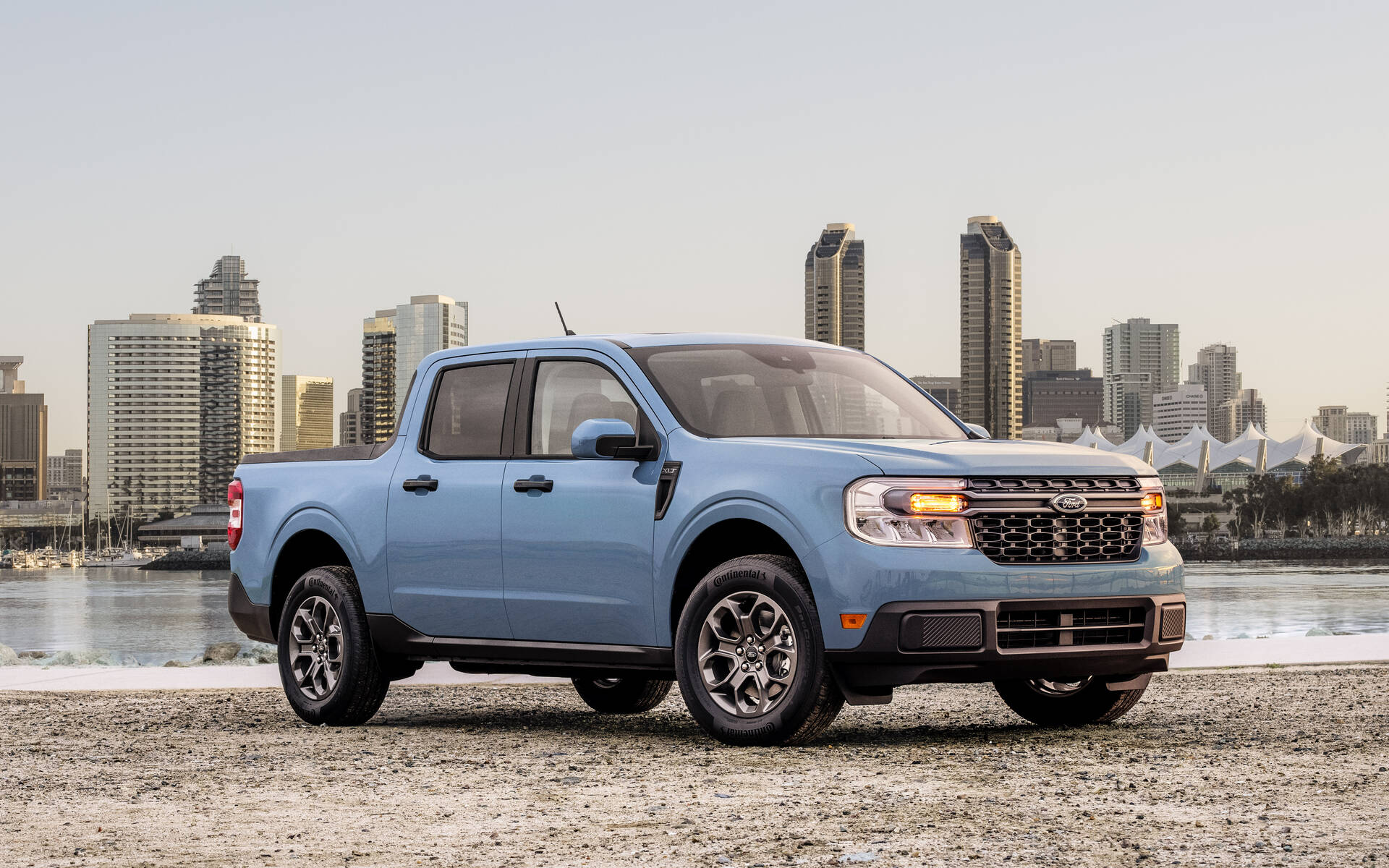
The interior balances utilitarian design with modern technology, including an 8-inch touchscreen with Ford’s SYNC infotainment system.
The Maverick Hybrid’s 1,500-pound payload capacity makes it genuinely useful for weekend projects and light hauling tasks that would overwhelm a traditional car.
For many buyers who occasionally need truck utility but don’t want the fuel economy penalty of a full-size pickup, the Maverick Hybrid represents an intelligent compromise. Where the Maverick truly shines is in democratizing hybrid technology for the truck segment.
By making the hybrid powertrain standard rather than an expensive option, Ford has created an entry point to truck ownership that doesn’t require accepting poor fuel economy as an inevitable trade-off, establishing the Maverick as one of the most accessible and practical hybrid vehicles available today.
4. Kia Niro Hybrid
The Kia Niro Hybrid occupies a sweet spot in the market as a crossover-styled hybrid with a starting price of around $26,500.
Completely redesigned for the latest generation, the Niro delivers up to 53 MPG combined according to EPA estimates, making it one of the most efficient crossovers available without a plug.
Kia’s hybrid system pairs a 1.6-liter four-cylinder engine with an electric motor for a combined 139 horsepower.
Unlike many hybrid competitors that use continuously variable transmissions, the Niro employs a six-speed dual-clutch automatic that provides more direct response and a more conventional driving experience.
The Niro’s exterior styling strikes a balance between traditional crossover proportions and distinctive design elements like the contrasting color “Aero Blade” panel on the C-pillar.
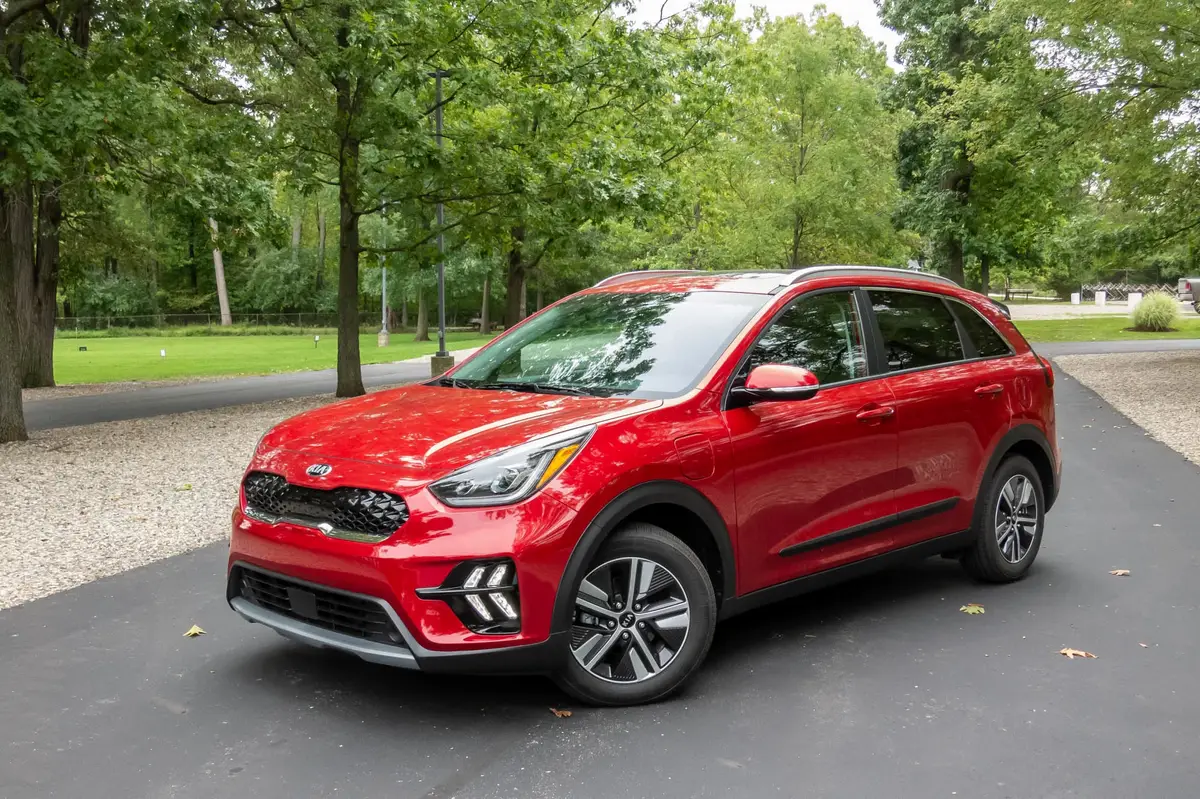
Inside, the Niro features an environmentally conscious approach with sustainable materials, including recycled wallpaper for the headliner and water-based paint for various interior surfaces.
Practicality hasn’t been sacrificed in pursuit of efficiency, as the Niro offers 22.8 cubic feet of cargo space behind the rear seats and 63.7 cubic feet with seats folded.
Standard technology includes dual 10.25-inch screens on most trims, with one serving as a digital instrument cluster and the other handling infotainment duties with wireless Apple CarPlay and Android Auto compatibility.
The Niro Hybrid benefits from Kia’s industry-leading 10-year/100,000-mile powertrain warranty and 5-year/60,000-mile bumper-to-bumper coverage.
For buyers seeking crossover versatility with exceptional fuel economy and technological features typically found in more expensive vehicles, the Niro Hybrid represents compelling value in an increasingly crowded segment.
Also Read: 5 American Sedans That Are Still Worth Owning and 5 That Aren’t
5. Toyota Corolla Hybrid
The Toyota Corolla Hybrid demonstrates how hybrid technology has filtered down to even the most affordable vehicle segments.
Starting at approximately $23,500, the Corolla Hybrid is one of the least expensive ways to access hybrid efficiency, with EPA-estimated ratings of up to 50 MPG combined.
Toyota’s proven hybrid system in the Corolla combines a 1.8-liter four-cylinder engine with electric motors for a combined 138 horsepower.
Recent updates have included the option for all-wheel drive on certain trims, addressing a common concern for buyers in regions with challenging weather conditions.
The system can send up to 40% of available power to the rear wheels when needed, enhancing traction without significantly compromising fuel economy.
The Corolla’s interior prioritizes function over flash, with straightforward controls and durable materials that should hold up well over the vehicle’s life. Standard equipment includes an 8-inch touchscreen with wired Apple CarPlay and Android Auto integration.
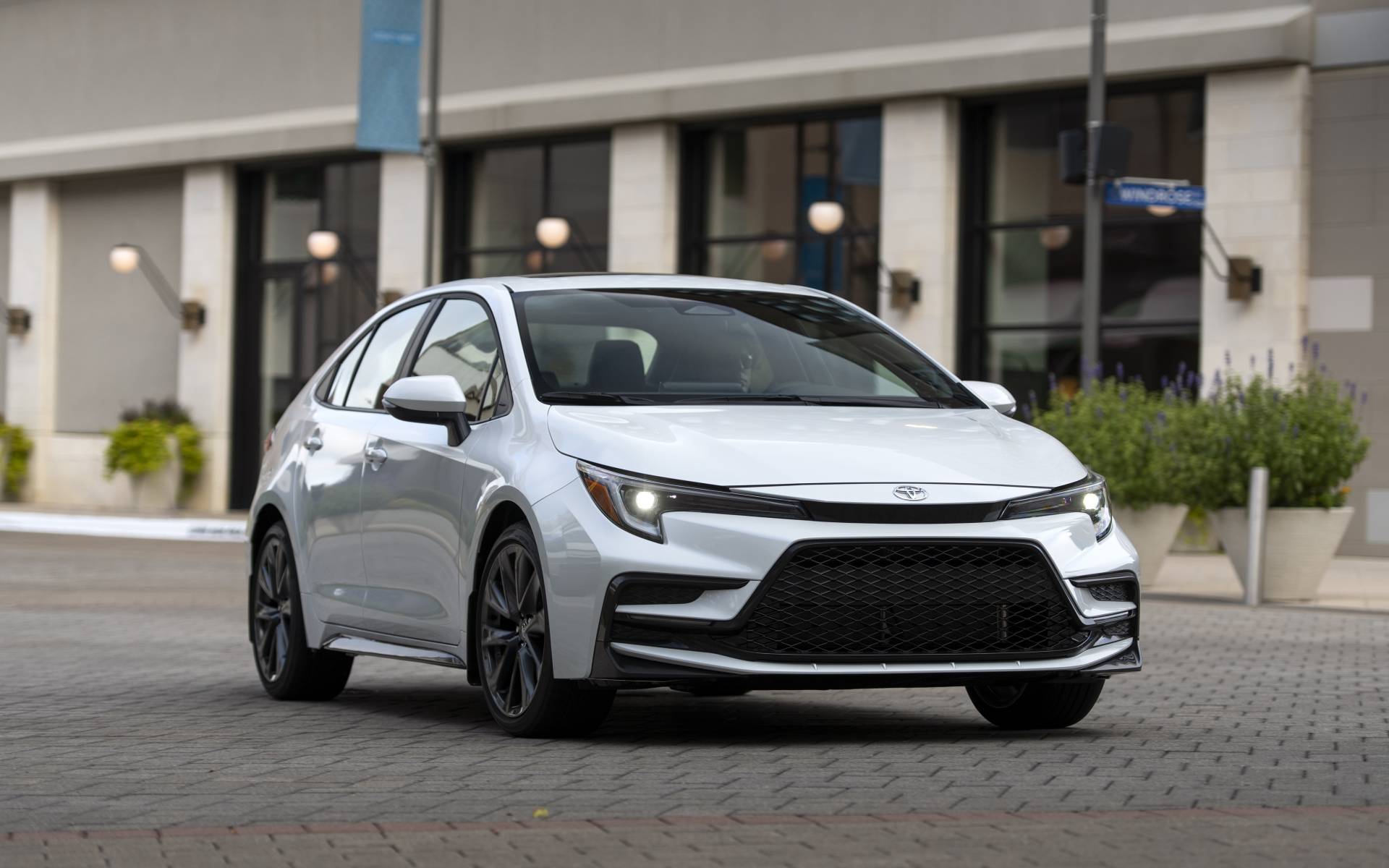
Toyota Safety Sense 3.0 comes standard across all trims, providing adaptive cruise control, lane departure alert with steering assist, automatic high beams, and pre-collision system with pedestrian detection.
Where the Corolla Hybrid truly excels is in projected reliability and ownership costs. Leveraging Toyota’s decades of hybrid experience and the Corolla’s reputation for durability, the hybrid variant requires minimal maintenance beyond routine service.
The nickel-metal hydride battery is covered by an 8-year/100,000-mile warranty, while the rest of the powertrain is covered for 5 years or 60,000 miles.
For buyers prioritizing long-term value and minimal operating costs over cutting-edge features or performance, the Corolla Hybrid represents perhaps the most accessible entry point to hybrid ownership without sacrificing quality or reliability.
5 Hybrids That Will Break the Bank
1. Ferrari SF90 Stradale
The Ferrari SF90 Stradale represents the pinnacle of hybrid hypercar engineering, with a price tag starting at approximately $625,000 assuming you can secure an allocation.
As Ferrari’s most powerful road car ever produced, the SF90 utilizes hybridization not primarily for efficiency but for unprecedented performance.
The SF90’s powertrain combines a twin-turbocharged 4.0-liter V8 engine producing 769 horsepower with three electric motors contributing an additional 217 horsepower, for a combined system output of 986 horsepower.
Two electric motors drive the front wheels independently, enabling torque vectoring and true all-wheel drive capability, while the third motor is integrated between the engine and the 8-speed dual-clutch transmission.
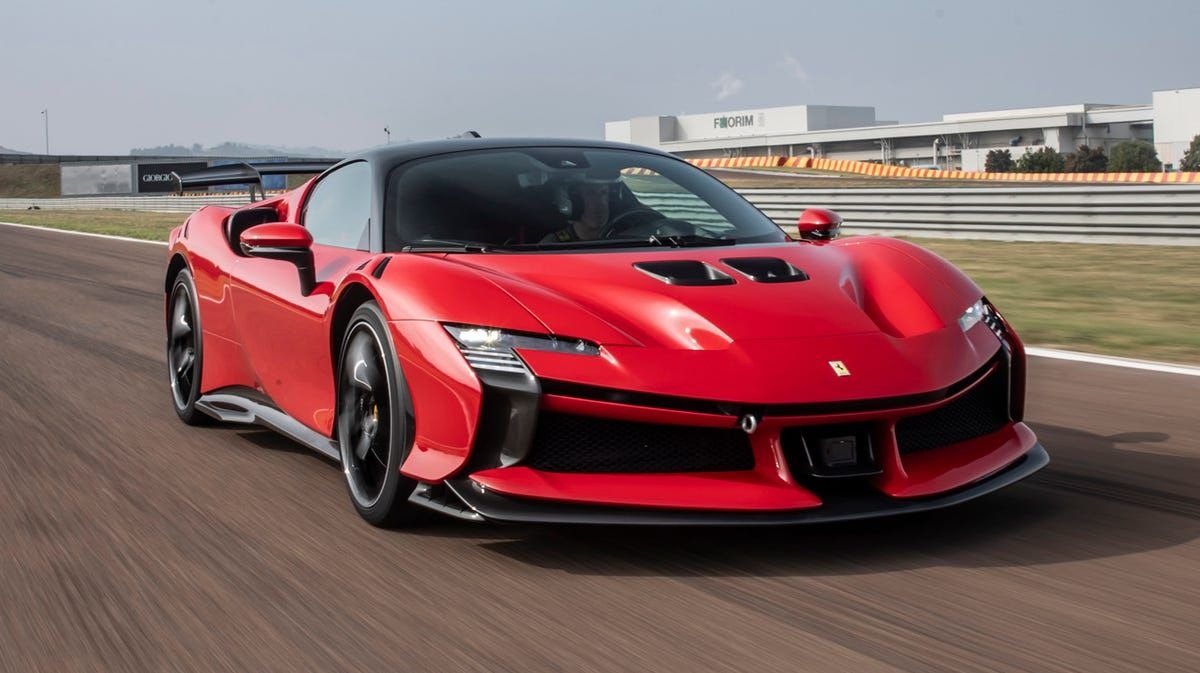
This complex hybrid architecture enables the SF90 to accelerate from 0-60 mph in just 2.5 seconds and reach a top speed of 211 mph.
Despite this extraordinary performance, the SF90 can travel up to 16 miles in pure electric mode, allowing for zero-emission city driving when desired a feature that helps justify its existence in increasingly regulated urban environments.
The cockpit represents a technological tour de force with a 16-inch curved digital instrument cluster and head-up display. Almost all controls are touch-sensitive, with physical buttons largely eliminated in favor of a minimalist aesthetic.
The steering wheel integrates Ferrari’s manettino dial for driving mode selection alongside touch-sensitive controls for everything from turn signals to wipers.
Beyond the base price, Ferrari offers the Assetto Fiorano package for an additional $70,000, which reduces weight through carbon fiber and titanium components while adding track-focused Multimatic dampers and specialized Michelin Pilot Sport Cup 2 tires.
With typical options and personalization, most SF90 Stradales leave the factory with effective prices approaching or exceeding $700,000, firmly establishing it as one of the most expensive hybrid vehicles ever manufactured.
2. Rolls-Royce Spectre
The Rolls-Royce Spectre represents the luxury brand’s first foray into electrification, with a starting price of approximately $420,000.
While technically a fully electric vehicle rather than a hybrid, the Spectre warrants inclusion as it demonstrates how ultra-luxury brands are approaching the electrification transition with price points that reflect their exclusive positioning.
The Spectre uses a dual-motor electric powertrain producing 584 horsepower and 664 lb-ft of torque, enabling this 6,559-pound luxury coupe to accelerate from 0-60 mph in a surprisingly brisk 4.4 seconds.
The 102 kWh battery pack provides an estimated range of 291 miles on the European WLTP cycle (approximately 260 miles by EPA standards). As with all Rolls-Royce models, the Spectre’s value proposition extends far beyond its powertrain specifications.
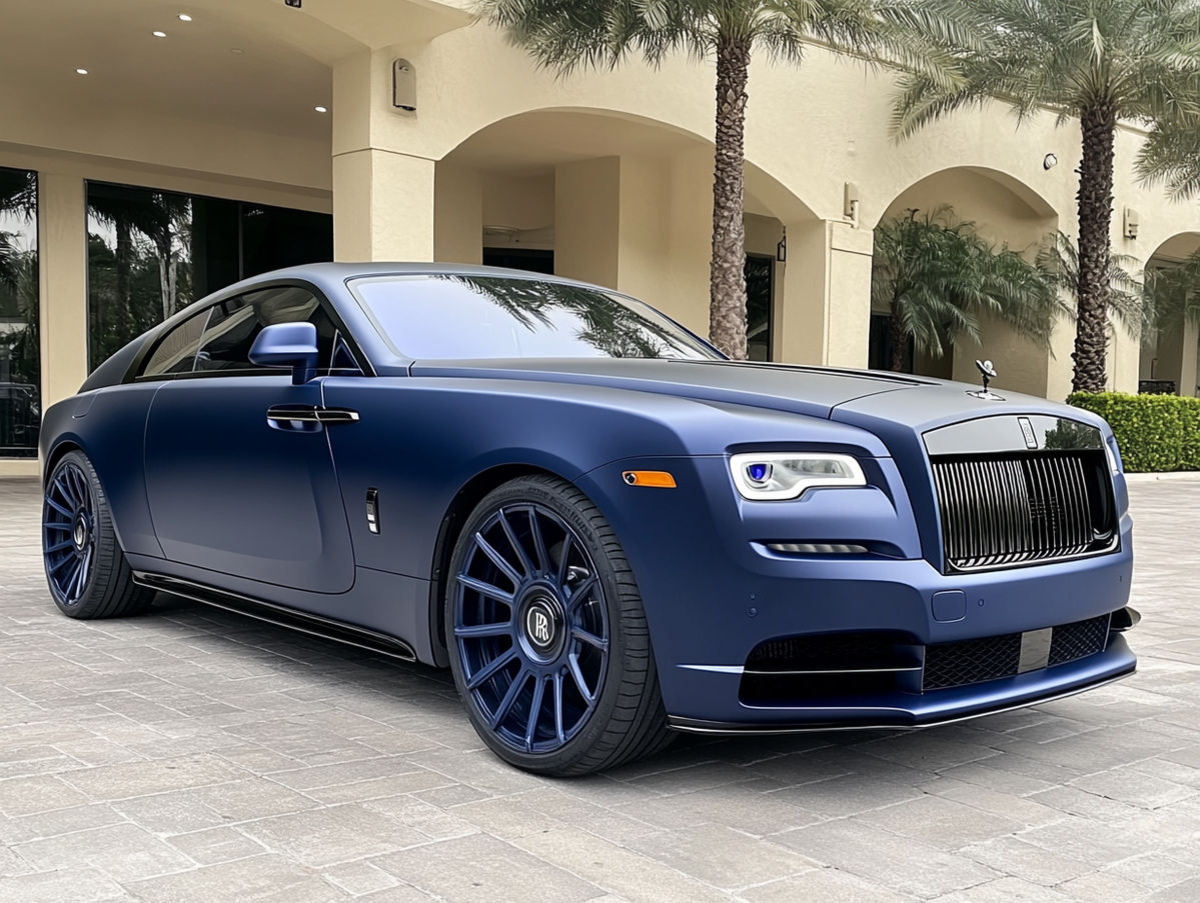
Each vehicle requires approximately 4,000 hours of handcraftsmanship at the company’s Goodwood facility. The Spectre introduces “Starlight Doors” that incorporate 5,500 soft-glow LEDs, complementing the brand’s signature Starlight Headliner.
Inside, the Spectre offers up to 4,796 potential combinations of wood veneer, leather color, and personalization options. The Spectre’s aluminum “Architecture of Luxury” platform was designed with electrification in mind, incorporating the battery into the vehicle structure for enhanced rigidity.
Advanced planar suspension technology uses cameras to scan the road surface and prepare the adaptive dampers for upcoming imperfections, ensuring the brand’s signature “magic carpet ride” remains intact despite the additional weight of the battery system.
While the $420,000 starting price is already stratospheric, few Spectres leave the factory without extensive bespoke commissioning.
When accounting for personalized paint finishes, custom interior materials, and exclusive features, the typical transaction price exceeds $500,000, placing the Spectre firmly among the most expensive electrified vehicles available today.
3. Lamborghini Revuelto
The Lamborghini Revuelto represents the Italian supercar manufacturer’s most powerful production car ever, with a starting price of approximately $608,000.
As Lamborghini’s first series-production hybrid, the Revuelto combines the brand’s signature naturally-aspirated V12 engine with electric propulsion to meet evolving emissions requirements without sacrificing the emotional appeal that defines the brand.
At the heart of the Revuelto is a new 6.5-liter naturally aspirated V12 engine producing 814 horsepower on its own.
This is supplemented by three electric motors, one integrated into the new 8-speed dual-clutch transmission and two driving the front wheels independently, which contribute an additional 147 horsepower for a combined system output of 1,001 horsepower.
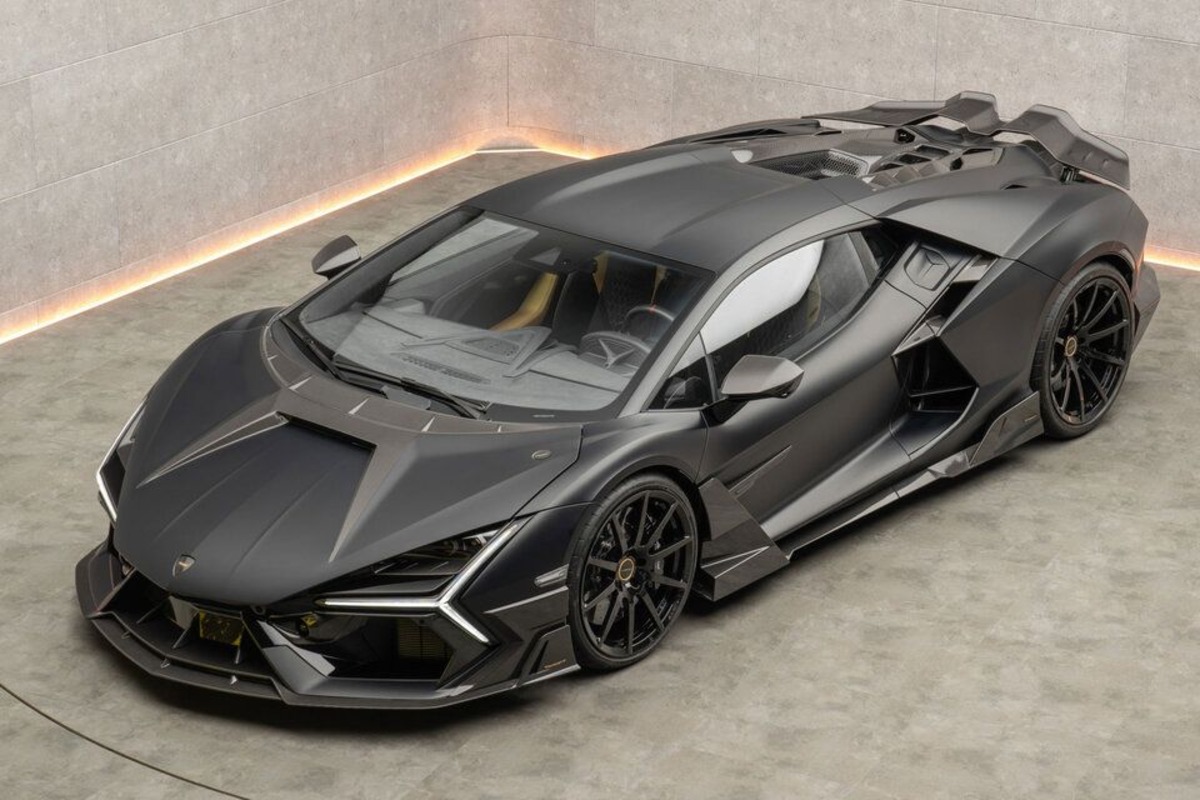
This advanced powertrain enables the Revuelto to accelerate from 0-60 mph in just 2.5 seconds and reach a top speed of 217 mph.
Unlike many performance hybrids that use the electric motors primarily for low-speed efficiency, the Revuelto’s three electric motors remain active across the entire performance envelope, providing torque vectoring capabilities that enhance both straight-line acceleration and cornering dynamics.
The Revuelto’s 3.8 kWh battery pack allows for limited pure electric driving at low speeds, though the primary purpose of the hybrid system is performance enhancement rather than efficiency.
The battery can be recharged through regenerative braking or via the V12 engine functioning as a generator when appropriate.
Inside, the Revuelto features a fighter jet-inspired cockpit with a 12.3-inch digital instrument cluster, an 8.4-inch vertical central touchscreen, and a 9.1-inch display for the passenger.
Carbon fiber components and hexagonal design elements reinforce the brand’s distinctive aesthetic throughout the interior.
With extensive personalization options through Lamborghini’s Ad Personam program and a limited production capacity creating excess demand, the effective transaction prices for the Revuelto frequently exceed $700,000, placing it firmly among the most expensive hybrid vehicles on the market.
4. Bentley Flying Spur Hybrid
The Bentley Flying Spur Hybrid represents the British luxury manufacturer’s commitment to electrification with a starting price of approximately $228,000. As Bentley’s flagship hybrid sedan, the Flying Spur Hybrid combines traditional luxury craftsmanship with advanced powertrain technology.
The Flying Spur Hybrid pairs a 2.9-liter twin-turbocharged V6 engine with an electric motor integrated into the eight-speed dual-clutch transmission. The combined system produces 536 horsepower and 553 lb-ft of torque, enabling this 5,523-pound luxury sedan to accelerate from 0-60 mph in 4.1 seconds.
An 18.9 kWh battery pack provides up to 25 miles of electric-only range, allowing for zero-emission operation in urban environments. Where the Flying Spur Hybrid truly justifies its premium price is in its handcrafted interior.
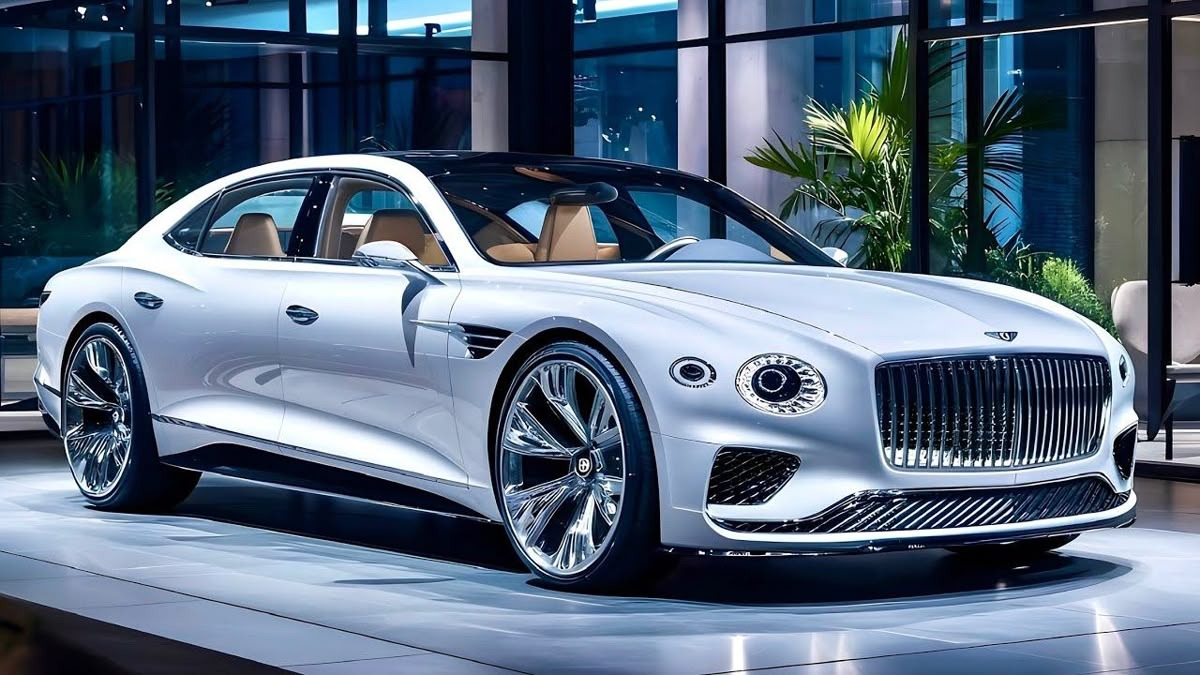
Each car requires over 100 hours of work by skilled artisans at Bentley’s factory in Crewe, England. The interior features meticulously book-matched wood veneers, hand-stitched leather from Northern European bulls raised in regions without insect bites that might mar the hides, and metal accents machined from solid aluminum.
The Flying Spur’s technology package includes a rotating central display that transitions between a 12.3-inch touchscreen, three analog gauges, or a clean wood veneer surface depending on the driver’s preference.
The optional Naim for Bentley audio system features 19 speakers and 2,200 watts of amplification, representing one of the most sophisticated automotive sound systems available. Bentley’s extensive customization program means few Flying Spur Hybrids leave the factory at the base price.
With bespoke paint colors (customers can specify any color they desire), exotic wood veneers, personalized embroidery, and numerous technology packages, the typical transaction price exceeds $275,000.
For the ultra-wealthy seeking a luxury hybrid experience without the ostentation of a supercar, the Flying Spur Hybrid represents the pinnacle of electrified luxury sedans.
5. Mercedes-AMG GT 63 S E Performance
The Mercedes-AMG GT 63 S E Performance represents the performance division’s first plug-in hybrid model, with a starting price of approximately $203,000.
As a four-door coupe that blends supercar performance with grand touring practicality, the GT 63 S E Performance showcases how hybridization is transforming the high-performance luxury segment.
At the heart of this system is a twin-turbocharged 4.0-liter V8 engine producing 630 horsepower, supplemented by a rear-mounted electric motor contributing an additional 201 horsepower.
The combined system output of 831 horsepower and 1,084 lb-ft of torque enables this 4,777-pound vehicle to accelerate from 0-60 mph in just 2.9 seconds and reach a top speed of 196 mph.
Unlike many plug-in hybrids that prioritize electric range, the GT 63 S E Performance utilizes a relatively small 6.1 kWh battery pack designed for power density rather than energy capacity.
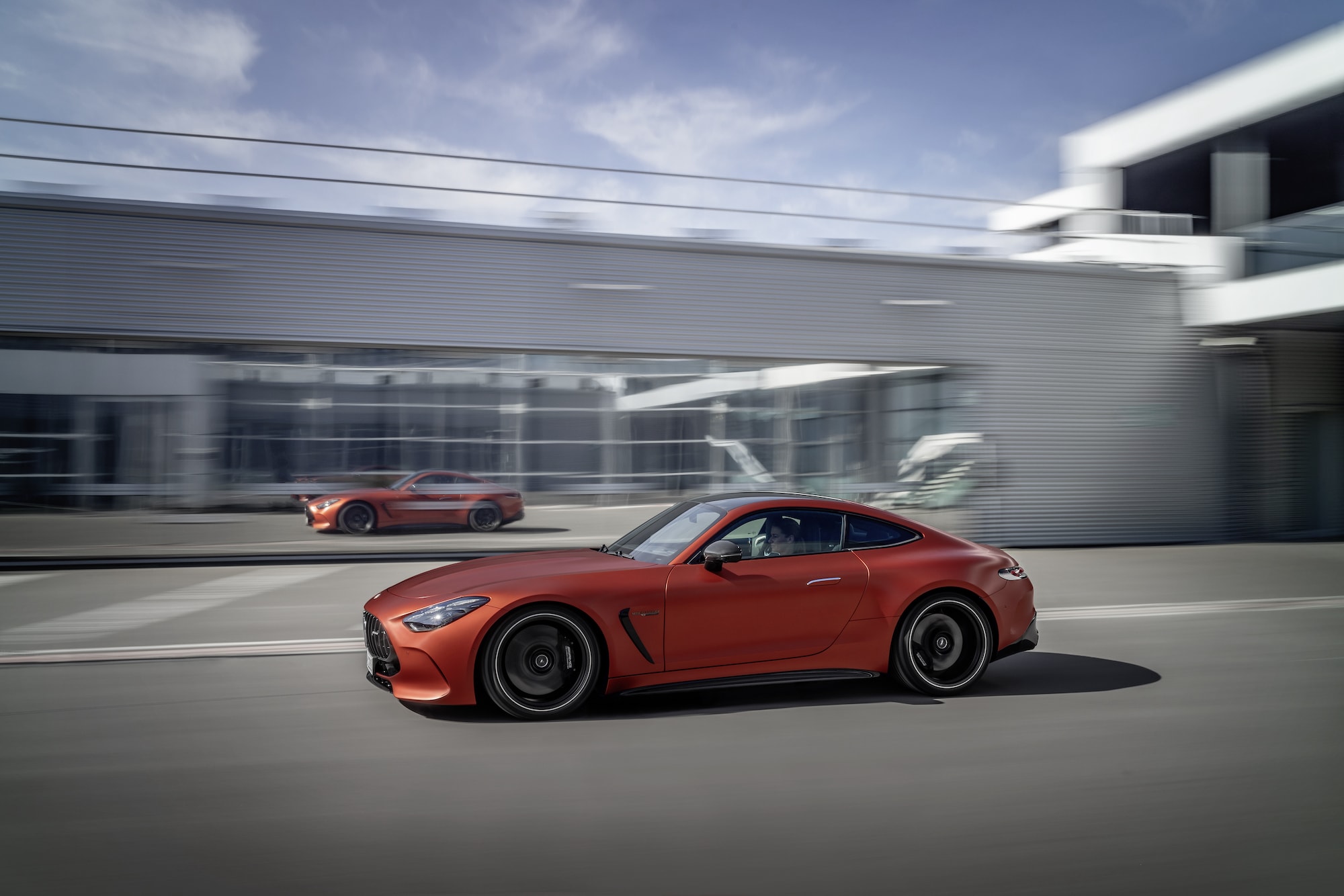
The electric motor can deliver its maximum output for up to 10 seconds at a time before needing to recover, functioning more like an electric turbocharger than a traditional hybrid system.
Pure electric range is limited to approximately 7 miles, reinforcing that this system was designed primarily for performance enhancement rather than efficiency.
The interior balances luxury with sportiness, featuring AMG-specific performance seats, a distinctive AMG steering wheel with integrated drive mode selectors, and an MBUX infotainment system with hybrid-specific displays. Standard equipment includes a Burmester surround sound system, augmented reality navigation, and advanced driver assistance systems.
With extensive customization options through Mercedes-AMG’s Manufaktur program, including exclusive paint finishes, interior leather treatments, and carbon fiber packages, most GT 63 S E Performance models leave the showroom with price tags exceeding $240,000.
For buyers seeking supercar performance with practical four-door packaging and the technological cachet of a cutting-edge hybrid powertrain, the AMG GT 63 S E Performance represents the pinnacle of Mercedes-AMG’s current engineering capabilities with a price tag to match.
Also Read: 5 Cars That Still Drive Well Over 250K Miles and 5 That Fall Apart Early

